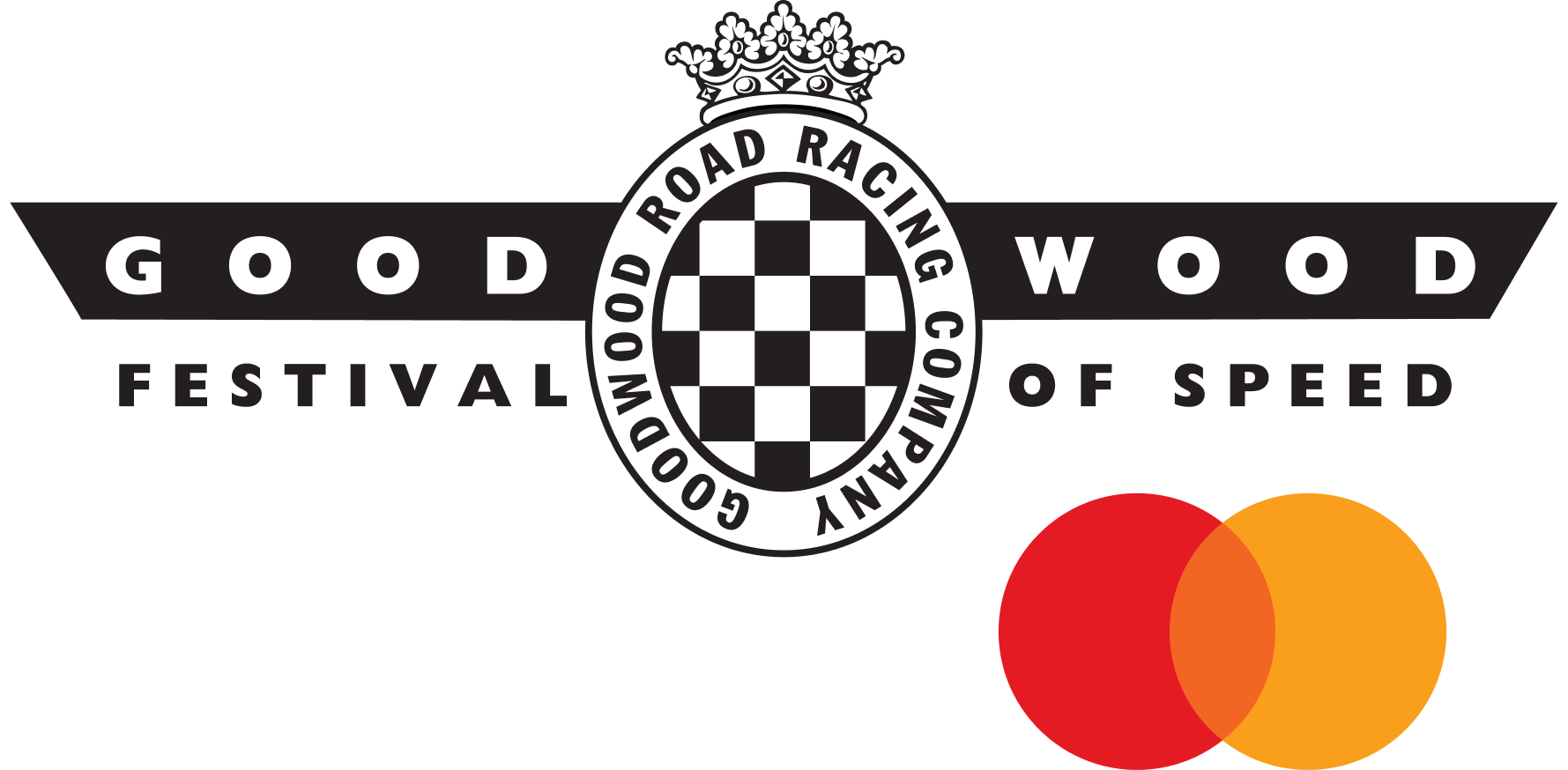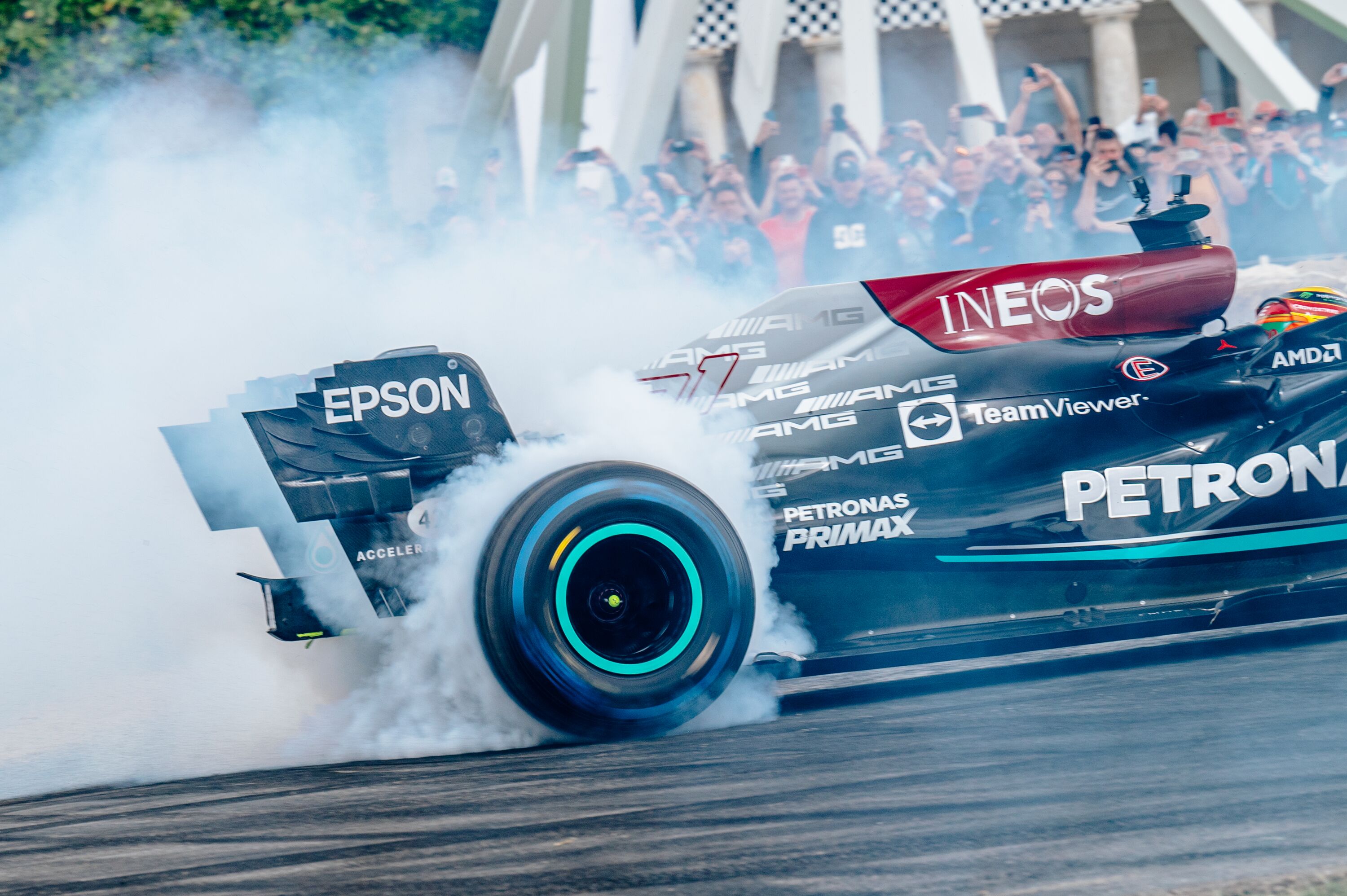Review: McLaren 720S
 Erin Baker
Erin Baker
If you’ve ever wondered what the beating heart of McLaren sounds like, listen to the new 720S on start-up. “It’s our core DNA”, says a McLaren spokesman at the launch of the replacement for the 650S and 675 LT Super Series. DNA for McLaren means a hardcore driver’s car, built around the hardcore driver. The 570GT is as soft as this company gets: not for the men of Woking the lifestyle, grand-tourer soft curves of an Aston, perhaps, or even a lyrical Ferrari.
McLaren deals in no-messing-around, hard chassis dynamics, pinpoint-accurate steering, razor-sharp gear changes and an exhaust note that is unapologetically mechanical, with the rush of air through turbos and the metallic guts of the car exploding all around.
The 720S, which is meant to sit between the outgoing 650S and the 675LT, marks the first time McLaren has replaced an entire product family, so goodbye cars beginning with a six and hello to the new face of the Super Series. For those unfamiliar with McLaren Automotive’s current line-up, we have the Sports Series (540C, 570S, 570GT), this Super Series, which is currently occupied only by the 720S, but will be joined by derivatives in due course, and the Ultimate Series (outgoing P1 and P1 GTR). The BP23, the £2m hypercar that pays homage to the Nineties F1, goes into production in 2019, and it’s sold out.
All this, and more to come. The 720S is just the start: by 2022 there will be 14 further new models or derivatives, at least half of which will feature hybrid technology.
The 720S looks like a radical departure from the 650S, and it is. Those headlights are a work of art, with hollow sockets behind the horizontal LED strip acting as vital aero devices, catching air to cool the engine. There are more air ducts hidden in the doors and hollow channels that flow between the doors and the external cabin structure; the whole design is one big conductor of air. Underneath the skin is a carbon-fibre monocoque (all McLarens have had a carbon fibre chassis since 1993), which gives a dry weight of 1,283kg.
The 720’s dramatic dihedral doors are cut deep into the spine of the roof, and can be specified with glass top panels. Add to that the rest of the glass roof reaching down behind you to the rear wing which now extends the full width of the car, and you are operating in a pilot-style glass canopy, with decent rear and three-quarter views, which is miraculous for a supercar.
At the rear, the bodywork forms a cathedral to aerodynamics once again, with tunnels, arches, lips and channels guiding, sucking and pulling air around the car. It’s incredibly sexy, with echoes of the P1’s sculpted lines reverberating round the twin exhausts, set high in the car.
Inside, we had the Luxury trim level, which gives you more leather covering areas such as the dashboard, and rear luggage area. It comes in more subtle tones, without splashes of Alcantara interrupting. We also had the optional carbon-fibre sill protectors (£2,620), exposed carbon-fibre parts in the bodywork (£3,990), the Bowers and Wilkins 12-speaker audio system (£3,540), vehicle lift to raise the nose (£2,070), McLaren track telemetry (£2,160) and about four grand’s worth of parking sensors and cameras, which you really won’t need in a car with this much visibility.
Under the bonnet, there’s far more luggage space than the 650S has, due to a lower floor; we fitted in two carry-on suitcases, and there’s room for a third on the lipped shelf behind the seats.
You’ll also find the mid-placed powerhouse back here: a new (40pc new) 4.0-litre, twin-turbocharged V8 driving those huge rear wheels. Its power output – 710bhp, or 720PS – gives the car its name; there’s also 568lb ft of torque on tap, all of which leads to 0-60mph in 2.8 seconds, and a top speed of 212mph. Official Combined fuel consumption is 26.4mpg but we were getting, umm, 10mpg on launch. Twas fun, though.
The engine is linked to a fast (oh-so-fast in track mode) seven-speed auto box. The brakes are carbon ceramic discs as standard, and the suspension has independent active dampers, and a second generation of the proactive chassis control, with Comfort, Sport and Track modes, more of which shortly. So, how does it go? Quickly, and loudly, unsurprisingly. It’s loud on start-up, loud as you trundle out of your drive in first gear, and louder still as you venture down the road. The turbos hiss, there’s a throttle whine and the obligatory pop on a fast downshift. It might be an unnerving car to place on the road, with so much flare and bulk in the bodywork, were it not for that excellent all-round view and the trademark deep windscreen.
It takes a small shove of the throttle pedal to build up an alarming speed in Comfort mode (it’s called “Normal" mode in the 650S but – cue cheesy grin – “there’s nothing normal about this car”), which is where you’d want to leave this car in most driving conditions – two buttons give you adjustments to the powertrain and the handling – by all means shift the powertrain to Sport, but that handling is stiff enough in Comfort. Beware the carbon ceramic brakes in town too – until they’re hot, it feels like there’s some extraneous pedal travel before you feel the bite. The electro-hydraulic steering, however, is on the spot, with every scintilla of movement through your hands affecting the nose of the car.
Naturally, we took the 720S to the nearest track – Vallelunga – with its mixture of very fast corners and second-gear hairpins. Two of the 720S’s cleverest tricks come into play here.
The first is variable drift control, which allows you to dial in, or decrease, the amount of play at the rear by nine increments. You simply hit the plus or minus buttons on the touchscreen and watch the graphic show you how far the rear will drift wide through a corner before the electronics catch it. Even for someone as duff as me round a circuit, the system is palpable, and an excellent way for track day aficionados to up the ante and increase their skill level bit by perceptible bit, the car always matching, but not exceeding, the driver’s capabilities.
The second is the optional track telemetry system, which costs £2,160 to have fitted, and uses the three parking cameras inside and outside the car (above driver’s head, below front numberplate, between the exhausts) to film the laps. Unlike other similar systems, when you come into the pits, as well as downloading the data onto a USB stick in the car and watching it on a computer in the garage, you have the option of looking at it all on the car’s touchscreen. As well as the data, that includes playing the film back, either simultaneously from three views on the screen, or by selecting the camera angle you’d like to watch. You can zoom in on a corner and analyse to your heart’s content.
This is a very clever supercar, indeed. The odd detail still strikes discord – the inner handles in the dihedral doors are set too far forwards, so it takes a lot of bicep power to close them, and there’s a hefty thunk from the suspension, reminiscent of the 570S, over some more broken road surfaces. But really, I’m searching for faults to pick, and I’m not sure why. This is the best-looking McLaren to date, and its intelligent innovations makes one wish Bruce McLaren was around to applaud it.
Price as tested: £292,140 (from £218,020)
McLaren
720S





























































































